 Image 1 of 10
Image 1 of 10

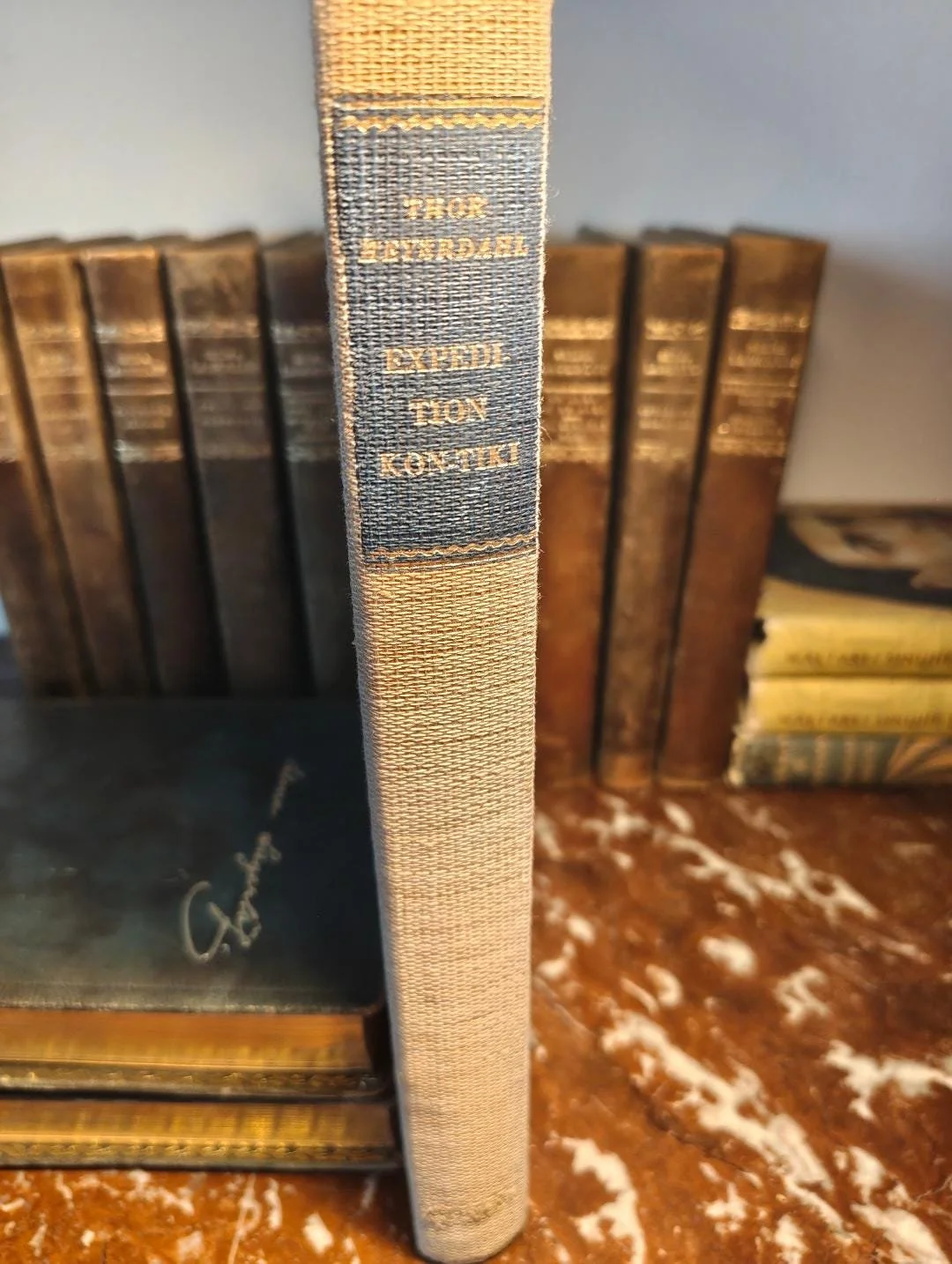 Image 2 of 10
Image 2 of 10

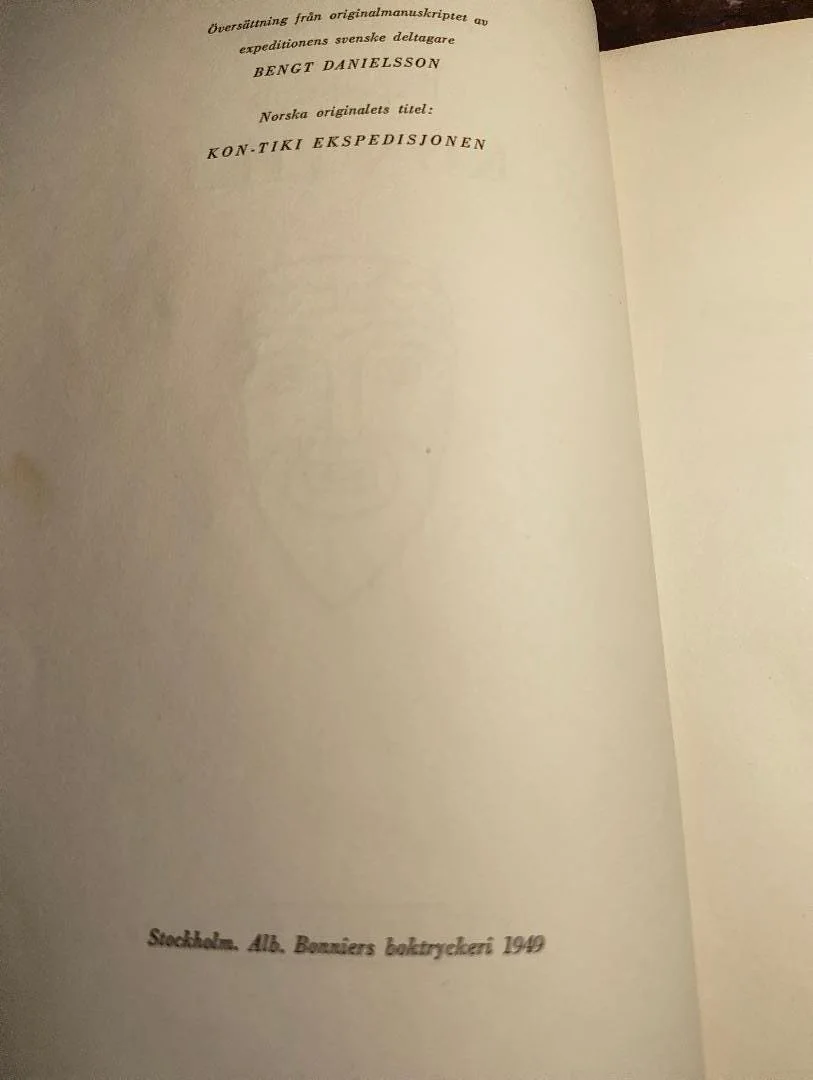 Image 3 of 10
Image 3 of 10

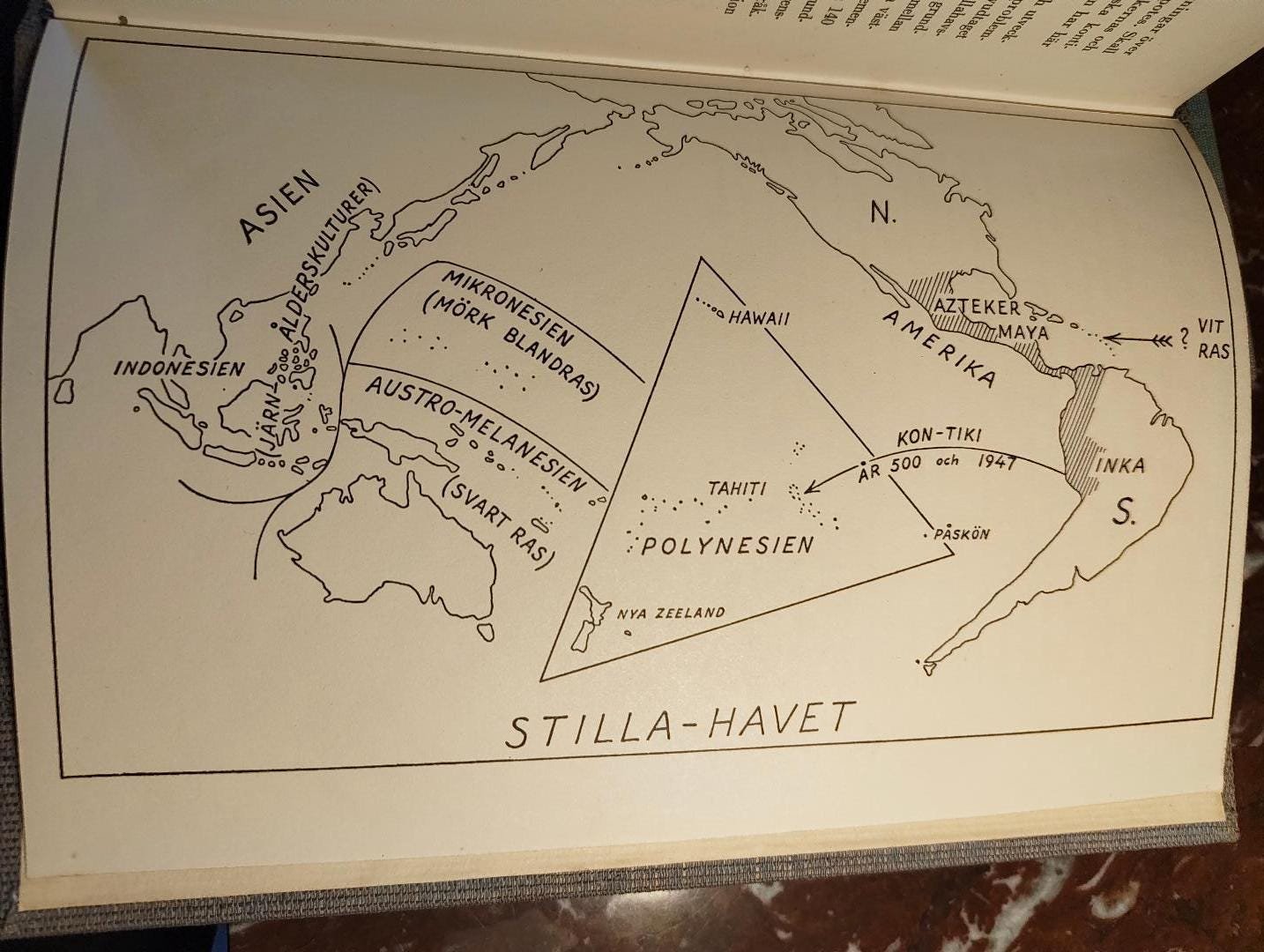 Image 4 of 10
Image 4 of 10

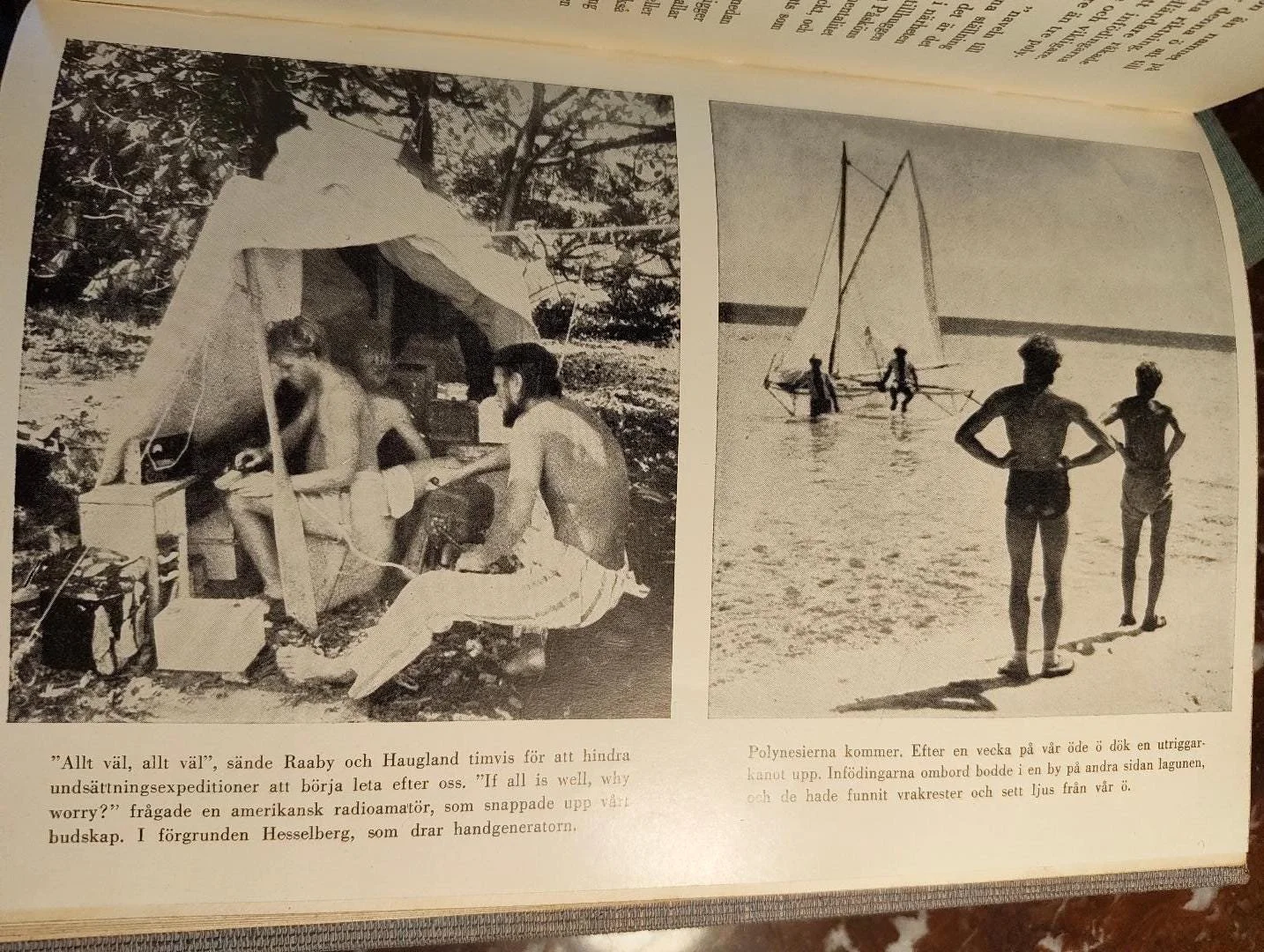 Image 5 of 10
Image 5 of 10

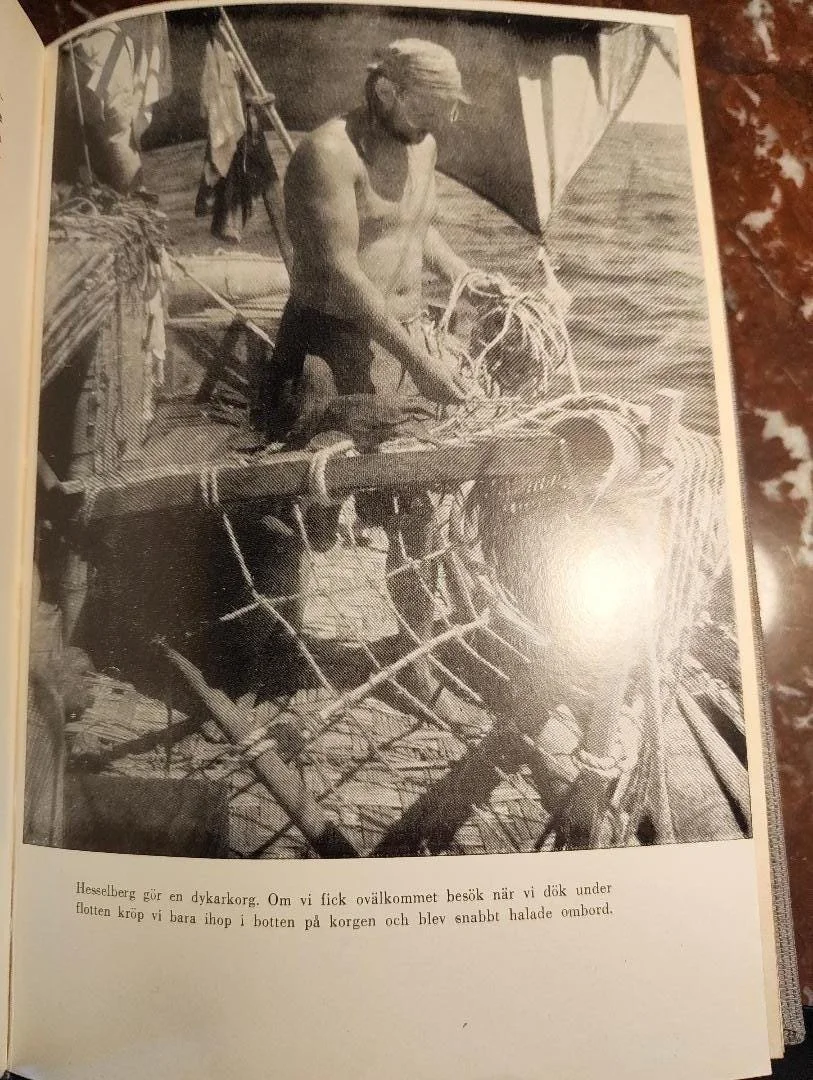 Image 6 of 10
Image 6 of 10

 Image 7 of 10
Image 7 of 10

 Image 8 of 10
Image 8 of 10

 Image 9 of 10
Image 9 of 10

 Image 10 of 10
Image 10 of 10











Thor Heyerdahl. Expedition Kon-Tiki. Stockholm, 1949. First Swedish Edition. Signed on the Title Page by Heyerdahl, Watzinger, and Raaby
A rare signed witness to one of the most celebrated voyages of the twentieth century
This 1949 first Swedish edition of Expedition Kon-Tiki presents a compelling piece of modern exploration history. Signed directly on the title page by Thor Heyerdahl, Herman Watzinger, and Torstein Raaby, the volume offers an unusually clear and well preserved set of autographs from three of the six men who completed the daring 1947 crossing of the Pacific on a balsa raft. Such copies, boldly signed at the front of the book, are not common and hold particular appeal for collectors who value clean presentation and direct provenance.
Heyerdahl’s narrative, now regarded as a classic of twentieth century travel literature, recounts both the physical challenge of the voyage and the anthropological theory that inspired it. The Kon-Tiki expedition captured global attention not only for its audacity but for the way it blended scientific speculation, traditional craftsmanship, and a willingness to test hypotheses through lived experience. Watzinger, the expedition’s engineer, and Raaby, the radio operator famed for his wartime resistance work, played indispensable roles in the success of the undertaking. Their signatures alongside Heyerdahl’s create a layered record of the personalities behind the venture.
The book retains its original cloth binding with signs of responsible use, appropriate for a mid century travel volume that circulated soon after publication. The interior is illustrated with photographs and maps that document the expedition and convey the mixture of hardship and exhilaration that made the story an international phenomenon. The title page, where the signatures appear, remains clean, bright, and strikingly well preserved.
As an artefact, the book embodies a moment in which exploration was transformed from imperial project to scientific experiment, and in which individual courage and public imagination aligned. Signed copies from the early years of the expedition’s reception hold a special place in the collecting of modern exploration literature, and examples with multiple signatures are particularly sought after.
A strong and authentic copy for collectors of twentieth century exploration, polar and Pacific history, and significant signed editions.
A rare signed witness to one of the most celebrated voyages of the twentieth century
This 1949 first Swedish edition of Expedition Kon-Tiki presents a compelling piece of modern exploration history. Signed directly on the title page by Thor Heyerdahl, Herman Watzinger, and Torstein Raaby, the volume offers an unusually clear and well preserved set of autographs from three of the six men who completed the daring 1947 crossing of the Pacific on a balsa raft. Such copies, boldly signed at the front of the book, are not common and hold particular appeal for collectors who value clean presentation and direct provenance.
Heyerdahl’s narrative, now regarded as a classic of twentieth century travel literature, recounts both the physical challenge of the voyage and the anthropological theory that inspired it. The Kon-Tiki expedition captured global attention not only for its audacity but for the way it blended scientific speculation, traditional craftsmanship, and a willingness to test hypotheses through lived experience. Watzinger, the expedition’s engineer, and Raaby, the radio operator famed for his wartime resistance work, played indispensable roles in the success of the undertaking. Their signatures alongside Heyerdahl’s create a layered record of the personalities behind the venture.
The book retains its original cloth binding with signs of responsible use, appropriate for a mid century travel volume that circulated soon after publication. The interior is illustrated with photographs and maps that document the expedition and convey the mixture of hardship and exhilaration that made the story an international phenomenon. The title page, where the signatures appear, remains clean, bright, and strikingly well preserved.
As an artefact, the book embodies a moment in which exploration was transformed from imperial project to scientific experiment, and in which individual courage and public imagination aligned. Signed copies from the early years of the expedition’s reception hold a special place in the collecting of modern exploration literature, and examples with multiple signatures are particularly sought after.
A strong and authentic copy for collectors of twentieth century exploration, polar and Pacific history, and significant signed editions.

